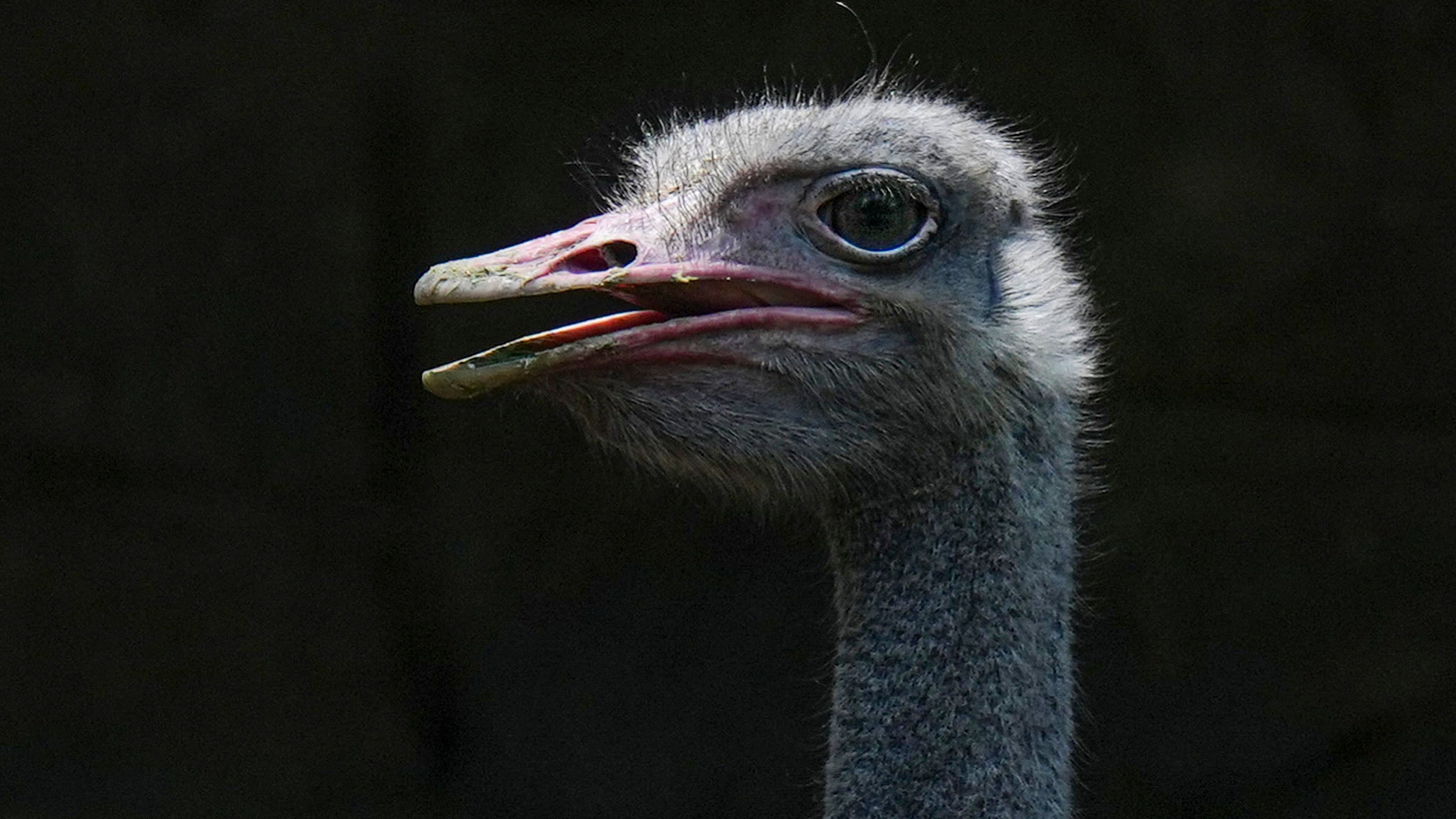
Representative image showing an ostrich
Credit: PTI Photo
Archaeologists in Andhra Pradesh have found a 41,000-year-old ostrich nest, which is the oldest in the world.
The nest is found to be home to nine to 11 ostrich eggs. Additionally, 3,500 pieces of ostrich eggshell from a patch of 1x1.5 meters were reportedly found.
A report from The Times of India said that archaeologists from Vadodara's MS University and their colleagues from Germany, Australia, and the US found the evidence while investigating a fossil-rich site in Andhra Pradesh's Prakasam district.
The finding is crucial as it will potentially help in determining why animals weighing more than 40kg went extinct in India.
The animals weighing more than 40kg are called megafauna, which literally means large animals — such as horses, elephants, cattle, and hippopotamuses.
Reportedly, some of the megafauna went extinct around 40,000 years ago from all over the world. Researchers are now trying to find out the reasons.
TOI quoted Devera Anilkumar, assistant professor at the department of archaeology and ancient history at MSU: "The oldest ostrich eggshell were discovered from the Siwalik Hills on the Indian side of the Himalayas. They date back more than 20 lakh years. Even in peninsular India, the oldest evidence of ostrich eggshells was discovered from Katoti in Rajasthan, which date back to 60,000 years."